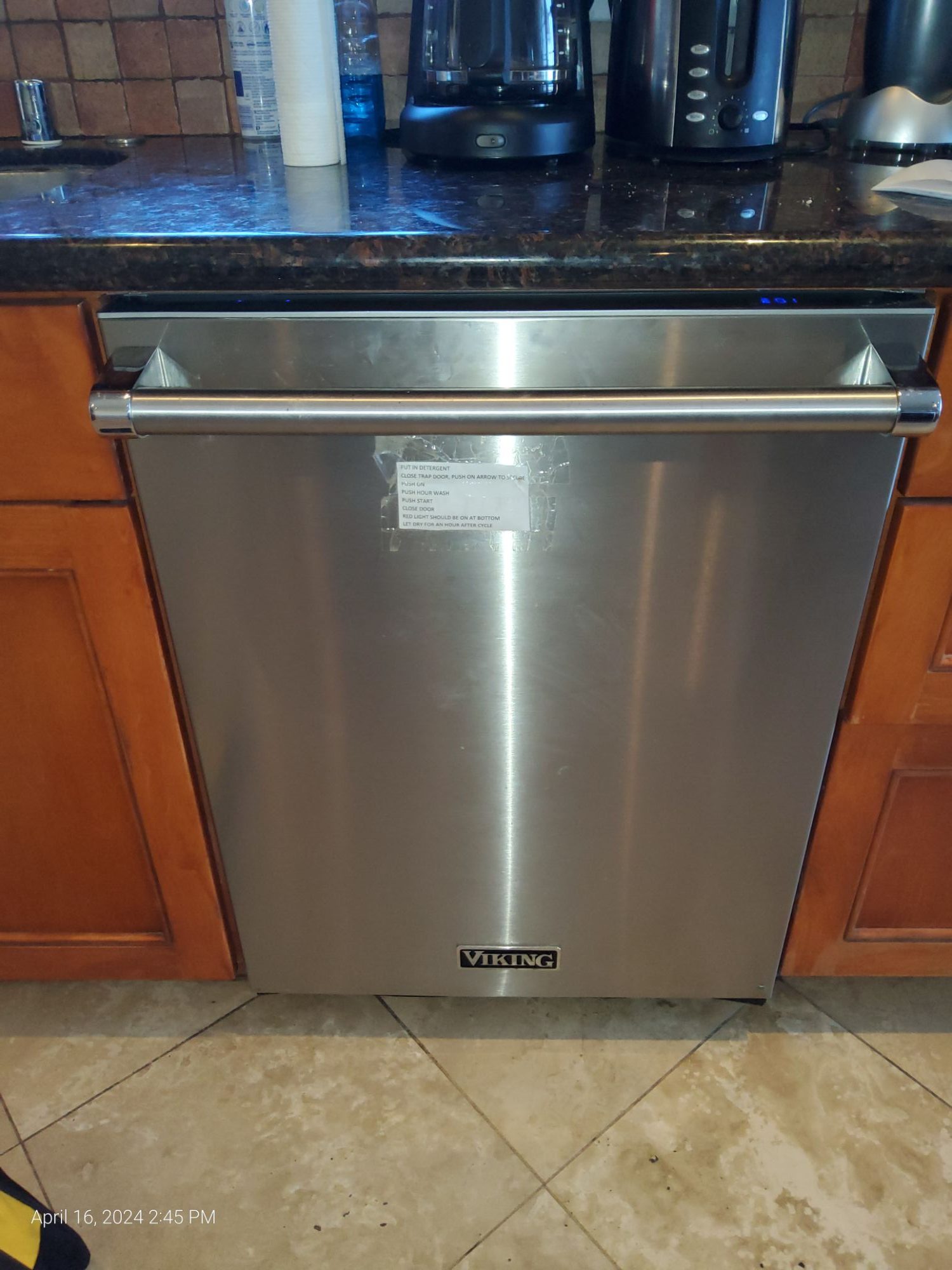
Dishwashers have become an essential part of our kitchens, helping us save time, conserve water, and enjoy spotless dishes. But what if the door won’t close properly? This issue can be frustrating, leaving you with unfinished washes, potential leaks, or even leading to more extensive problems within your appliance. Understanding why your dishwasher door isn’t closing tightly and knowing when to seek professional assistance can save you time and prevent costly damage.
⠀
-
Misalignment of the Door
-
Broken Latch Mechanism
-
Damaged Door Seal or Gasket
-
Obstructed Door
-
Warped Door or Dishwasher Frame
-
Faulty Door Springs
-
Issues with the Door Hinge